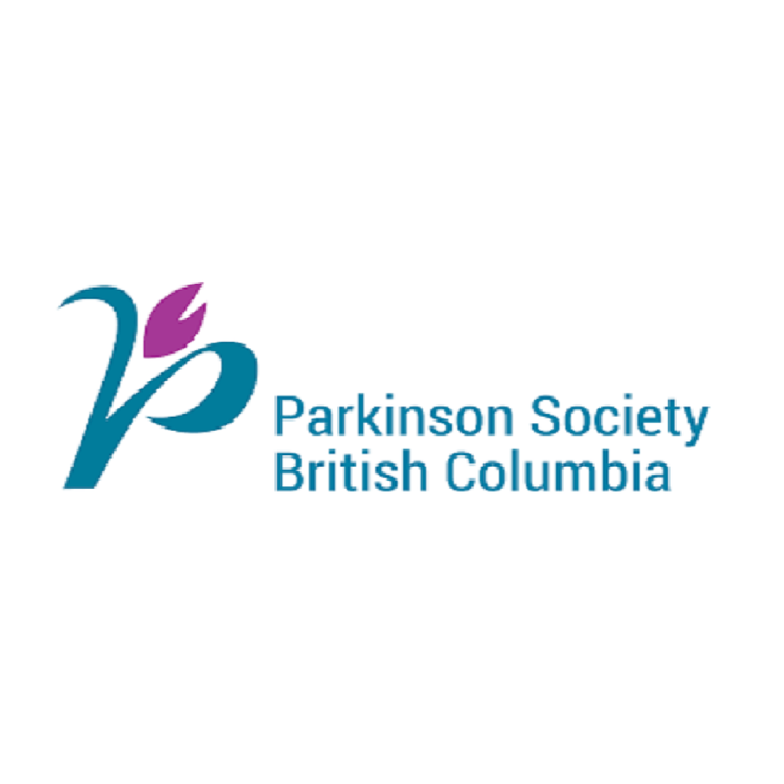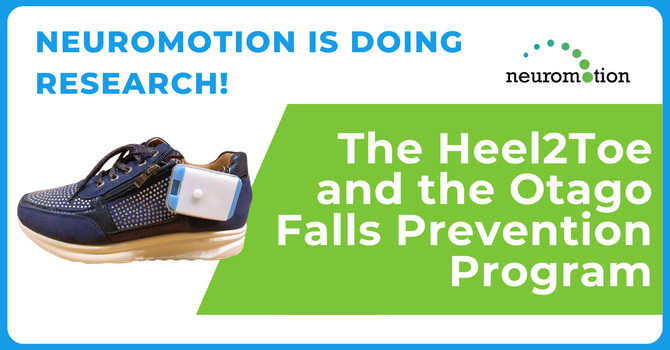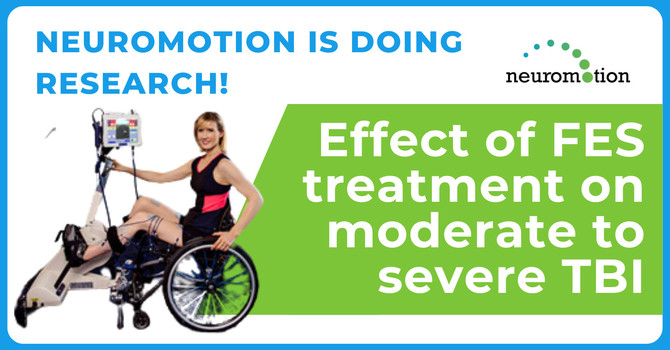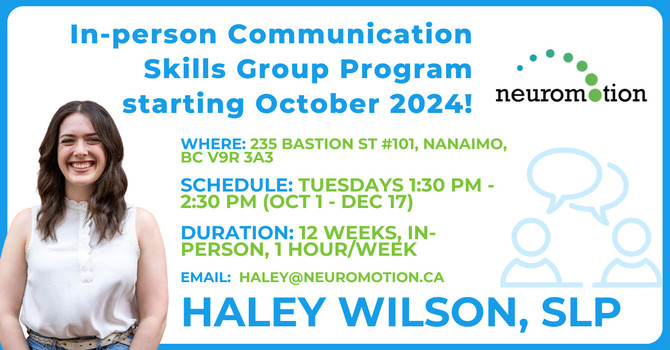
By Jenna Dolphin
What do Michael J.Fox, Muhammad Ali, and Alan Alda all have in common? They have all been diagnosed with Parkinson's Disease.
About: Parkinson’s Disease is a chronic disease that involves impairment of movement and cognitive abilities. It is a disease that specifically involves damage to nerve cells which are responsible for controlling movement in the body. When these cells are damaged, movement problems such as difficulty with mobility and muscle control can occur. Parkinson’s is primarily a disease that affects the elderly population, but cases are becoming more common in people as early as 30 to 40 years old. Both males and females are affected, however, this disease is more common in older males.
Signs and symptoms: The most common symptoms of this disease can be categorized into four main components including tremors (shakes), muscle stiffness, slowness of movement, and impaired balance and coordination. Individuals with Parkinson’s are commonly known to display a distinct walking pattern that involves leaning forward, taking small, quick steps, and reducing their arm swing. In addition, individuals with Parkinson’s may experience depression or other emotional changes, challenges swallowing, chewing, and/or speaking, urinary problems/constipation, and skin issues. Cognitive changes may also occur, including difficulty in memory and attention tasks as well as a reduced ability to plan and accomplish tasks. Each individual may experience a different severity of symptoms, depending on factors such as age and gender. Generally, it is common for symptoms to begin on only one side of the body before progressing to the other, but one side is often more severely impacted than the other.
How we treat it at Neuromotion: Here at Neuromotion, we help support clients with Parkinson’s Disease through Physiotherapy and Kinesiology techniques. Our expertise is in helping improve walking patten, reduced stiffness, and improve other motor functions through fun and challenging movement-based activities. We incorporate Parkinson Wellness Recovery (PWR) therapy which has an emphasis on using exercise to empower individuals to move with more effort and engagement. This includes work on posture, weight shifts, rotational movements, and transitions in daily activities. All movements are encouraged to be completed with a high degree of effort and attentional focus to be able to achieve maximal results. Overall, we as a clinic aim to help individuals with Parkinson’s Disease facilitate improvements in balance, flexibility, and coordination while also slowing disease progression and optimizing independent function. Our highly trained therapists are dedicated to helping our clients move more effectively and safely throughout everyday activities, ultimately helping to improve our client's quality of life.
References: 1. DeMaagd, G., & Philip, A. (2015). Parkinson's Disease and Its Management: Part 1: Disease Entity, Risk Factors, Pathophysiology, Clinical Presentation, and Diagnosis. P & T : a peer-reviewed journal for formulary management, 40(8), 504–532. 2. National Institute on Aging (2022) Parkinson’s Disease: Causes, Symptoms, and Treatments Retrieved from: https://www.nia.nih.gov/health/parkinsons-disease





